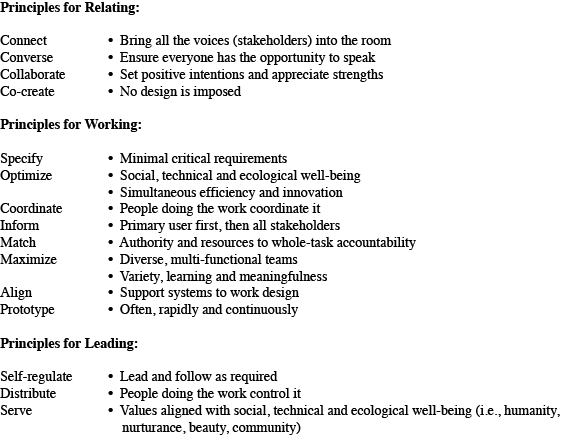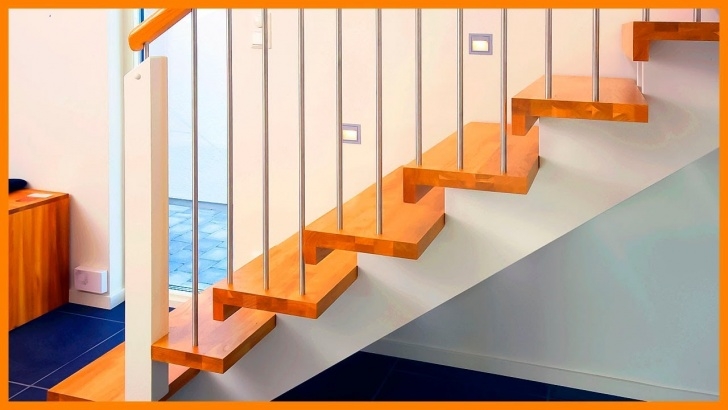Table Of Content

You can use them to help you during the design process, and unlike hammers, nails, and screwdrivers, they can exist entirely inside your head. These days, using patterns and repetition of the same elements is trendy both for print and fashion. To have a perfect emphasis on your design you need to have a clear understanding of what’s important in your composition. Otherwise, your design will be unbalanced and messy, and as a result, it won’t be able to fulfill its purpose. Say, you’re working with text, and have chosen more than two or three typefaces and fonts, the entire composition will look all over the place. Your target audience won’t be able to concentrate on the information, and the whole design will turn out to be confusing.
Design Thinking: New Innovative Thinking for New Problems

This influence is evident in some of the products he helped create at Apple. As good design cannot be measured in a finite way, he set about expressing the ten most important principles for what he considered was good design. Organisations, individuals and product teams have benefited from writing and following their principles. The Design Principles process was started by calling for us to workshop a set of guiding principles to adhere to. It outlined the purpose and intended outcome mentioned at the start of this article along with some homework. It stops designs from being stagnant, predictable, and downright boring — all things you want to avoid.
You should have a thank you gift in your inbox now-and you’ll hear from us again soon!
The design sprint is Google Ventures’ version of the design thinking process, structured to fit the design process in 1 week. Don Norman encourages designers to incorporate systems thinking in their work. Instead of looking at people and problems in isolation, designers must look at them from a systems point of view. A design sprint is a 5-day intensive workshop where cross-functional teams aim to develop innovative solutions. In the diverging “Discover” phase, designers gather insights and empathize with users’ needs. The team then converges in the “Define” phase to identify the problem.
White Space
By leveraging existing mental models, we can create superior user experiences in which the users can focus on their tasks rather than on learning new models. Defining design principles doesn't have to feel like self-indulgent navel gazing. Done well they can provide a powerful and practical framework for your team—improving alignment and affording more autonomy. If you’re thinking about articulating design principles for your team, we’d love to help. They can (and should) be pursued in new and creative ways with each engagement.
Stage 5: Test—Try Your Solutions Out
Take the hidden arrow in the FedEx logo, for just one example. Proportion is one of the easier principles of graphic design to understand. Simply put, it’s the size of elements in relation to one another. Proportion signals what’s important in a design and what isn’t. Set-up an initial design principles workshop with as many of the team and stakeholders possible.
Colour
The last set of principles are the same, if left out, you’ll be okay, but using the principles in this tier will help pull everything together. After reflecting, ask everyone to re-look the design principles they jotted down in their homework and write down the ones still important onto post-it notes. In your mind — write down the design principles you think we should adhere to and bring them with you. “…In preparation for the design principles workshop on Thursday, I have a little homework for you.
You can tailor this up or down, depending how bought in they already are, and their levels of understanding. I’d encourage you always to take time to cover what makes an effective Principle. That said, I have found doing it online (as well as being much logistically simpler) very effective. Because of the participatory nature of the workshop, people tend to stay attentive and give it the attention it needs.
Texture
19 Universal Design Principles to Consider When Remodeling Your Kitchen - Better Homes & Gardens
19 Universal Design Principles to Consider When Remodeling Your Kitchen.
Posted: Sat, 27 Aug 2022 07:00:00 GMT [source]
Rhythm is a pattern of repetition or variation in any kind of art form. Rhythm is characterized by a regular recurrence or pattern in time. It can be found in all forms of life, from music to poetry, from painting to architecture. In art and design, rhythm is created by varying the length, width or shape of elements in your composition. Spacing is another one of those things that makes a big difference in how your design looks, but it’s also one of the hardest things to get right.
Think of rays shining from the sun, petals blossoming from a rose, or a squirt of tomato sauce in the middle of a juicy meat pie. To run with the seesaw example, it would be like having a 100kg weight on one side and 100 kg of feathers stacked on the other. It still achieves balance but provides a whole different experience. Luckily for us, in the late 1970s, an influential designer named Dieter Rams saw this problem.
So at first we wondered if design principles could even work in an agency, where the clients, industries, and audiences are so varied. With some research, we found evidence (and inspiration) in great design principles set by other agencies, many of which are aggregated at websites like Design Principles. With a new practice lead and two-thirds of the team with a tenure of a year or less, we didn’t have the kind of history that serves as design shorthand. Without a common compass guiding us, every choice had to be checked as we went. A set of principles started to seem like a smart investment and a pragmatic way to rely less on guesswork or gut instinct.
Usability guidelines establish standards and best practices that ensure the product is easy to use and provides a positive user experience. These guidelines cover navigation, layout, content organization, and interaction design. Setting usability guidelines helps create a consistent and intuitive user interface that meets user expectations and needs. Movement refers to the way a user’s eyes move across your composition.
“A lot of the purpose of having design principles is to really align people around what matters. I have included some useful examples, but these can be switched out for your own. If you have any in-house mission or vision statements, principles, values etc, add them in. You can reflect on them and encourage people to think about their relation to design.
Second, they’re specific enough to help senior management make trade-offs. A large industrial company decided to redesign its operating model several years ago, and the senior team spent substantial time articulating design principles. But the CEO worried that some principles were too generic to help them evaluate different operating model options. “Can any of them equally apply to a dog food company as to us?

The lines in this image run in every direction, some parallel and others perpendicular to each other. They're also used to add details to the buildings and individual bricks to the wall. The points in this image form the start and end of all the lines, including the mountains, clouds, and the moon. Defining the appropriate level of customization is where design systems get to flex their influence the most but it’s also the most heavily opinionated. This is a difficult line to draw but complexities that creep into the foundation of a design system propagate out and become much harder to amend if users get accustomed to it. Show best practices with real examples, not instructions on how to recreate them.
Articulating our motivations—and trusting each other enough to be open and honest about them—helped us build our team as much as it helped us build consensus. Whether creating a social media post to inform customers about a new feature or developing a lengthy email communication strategy, you need to have your priorities in place. Creativity is subjective, which is why everyone interprets your design differently. What matters is how you can get the most considerable sum of people to interpret your design the way you want. Once, we’ve done this, it’s time to craft supporting statements for the remaining Principles. You will need to be tight on the timer in this section to stay on track.
If these don’t exist, then do some research; find out what differentiates your product or service from your competitors’. Why do people choose to use your product or service, and not a competitor’s? These values might be those to emphasize in your design principles. If you have many, then prioritize the ones that are most important overall for the success of the product or service.

No comments:
Post a Comment